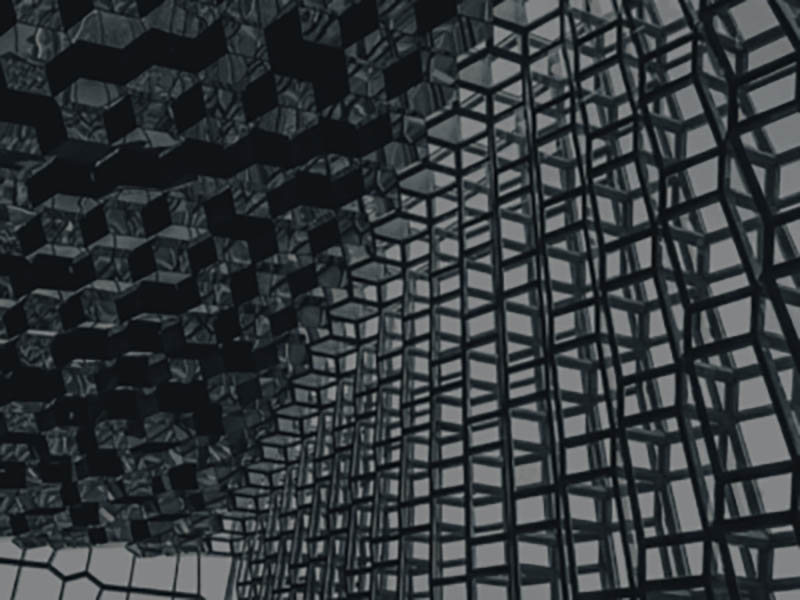

While it’s possible to use additive manufacturing to replicate an existing part that’s produced using traditional methods, it isn’t the best use of additive manufacturing. To maximize a part’s performance, cost savings and material usage, it’s best to design it from the ground up with the unique opportunities and constraints of additive in mind. Or, in other words, you should create your product using design for additive manufacturing (DFAM) principles.
DFAM draws on the same idea as design for manufacturability (DFM) — integrating process planning and product development. But instead of optimizing a product for urethane casting or injection molding, DFAM optimizes a product for production-grade manufacturing with additive technologies by analyzing competing factors to develop the most efficient design.
Additive manufacturing isn’t as simple as hitting print, especially when using DFAM principles to design a part for industrial-grade quality while minimizing production costs. But the resulting parts meet the performance of traditionally manufactured parts while reducing lead times, eliminating tooling costs and maximizing design flexibility. Leveraging DFAM guidelines early on in the product development process allows product design teams to optimize their designs to capture the value of additive manufacturing.
Here are a few common principles of DFAM to consider when leaping from additive manufacturing for prototyping to additive manufacturing for production:
Each successive slice of your part as it is printing (e.g., in FDM, DMLS, etc.) relies on the layers below it for support. Large overhangs, openings and other features may require additional support during the build to prevent warping and ensure the product achieves its performance tolerances.Parts designed with DFAM principles in mind will be self-supporting, minimizing the need for supporting features which can add cost through material waste and added post-processing needs. And if supports are required, one cost-saving consideration would be to orient the part so that supports are placed in regions that aren’t user-facing, where marks are acceptable. This reduces the sanding and finishing time required in post-processing.
While additive manufactured parts can be built in many orientations, the angle at which a feature is built can affect its tolerances. And because features can only deviate from the spec so much until it affects tolerance limits, it’s important to consider a range of possible orientations early on in the design process. That way, you can identify which orientation is best-suited for producing your part.
It’s difficult to produce complex shapes with traditional manufacturing, which can necessitate creating some products as multi-part assemblies. If you are transitioning your product from traditional to additive manufacturing, it can often be consolidated into fewer parts to significantly reduce assembly costs. When Steelcase designed an arm cap using for additive manufacturing, for example, we transformed a three-part assembly into one uninterrupted part with multiple functional zones
The unique geometries possible through additive processes allows product designers to leverage generative design tools (e.g., topology optimization or lattice structures) to optimize the structure of your part based on hundreds of variables. And because lattices allow you to precisely tune the strength and material density in different regions of a part, one contiguous part can meet different performance requirements in different regions.
None of these guidelines address one of the biggest obstacles to transitioning to production-grade additive manufacturing: An additive manufacturing product design skills gap. Because of this gap, the most important design guideline is to align yourself with additive manufacturing product design experts at the outset of any DFAM project. They will recommend design modifications that will optimize the cost and performance of your product. And they’ll understand how to drive efficiencies at the supply chain level through on-demand production and virtual warehousing. The sooner you involve expert AM design and engineering support, the greater the benefits you stand to earn with your switch to additive.
Interested in learning more? Be sure to check out our article on how to go beyond prototyping, and make your case for additive. At SyBridge, we’ll partner with companies across industries to discover, design and develop any part or product using additive manufacturing technologies. Learn how our experienced additive manufacturing design team can partner with you to design and deliver production-grade parts precisely tuned to your performance and design requirements. We’ve helped multi-million-dollar companies capture value with additive manufacturing, and can help you with your application, too. Get in touch with us today.
Forget typical cycle times. We're pushing the boundaries of conformal cooling. While traditional approaches deliver…
Forget typical cycle times. We're pushing the boundaries of conformal cooling. While traditional approaches deliver…
From left to right: Brayden Janak (apprentice); Logan Vifaquain (CNC machining, Programming and CMM); Ron…
SyBridge Technologies is proud to announce we have been awarded the 2023 General Motors Supplier…
Today, designers and engineers are accustomed to working with digital tools in their day-to-day jobs.…
Optimizing Your Injection Molding Process for Cost-Effective Manufacturing Excellence In today’s competitive landscape, manufacturers are…